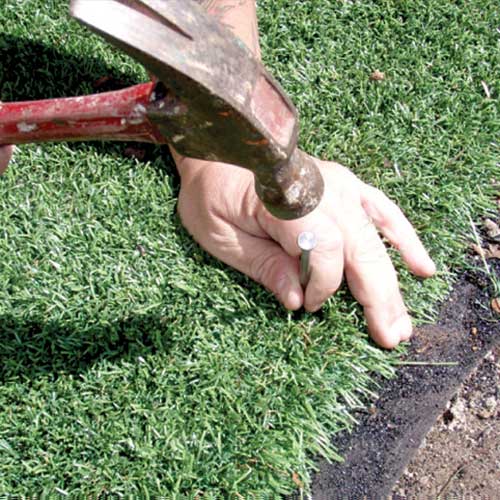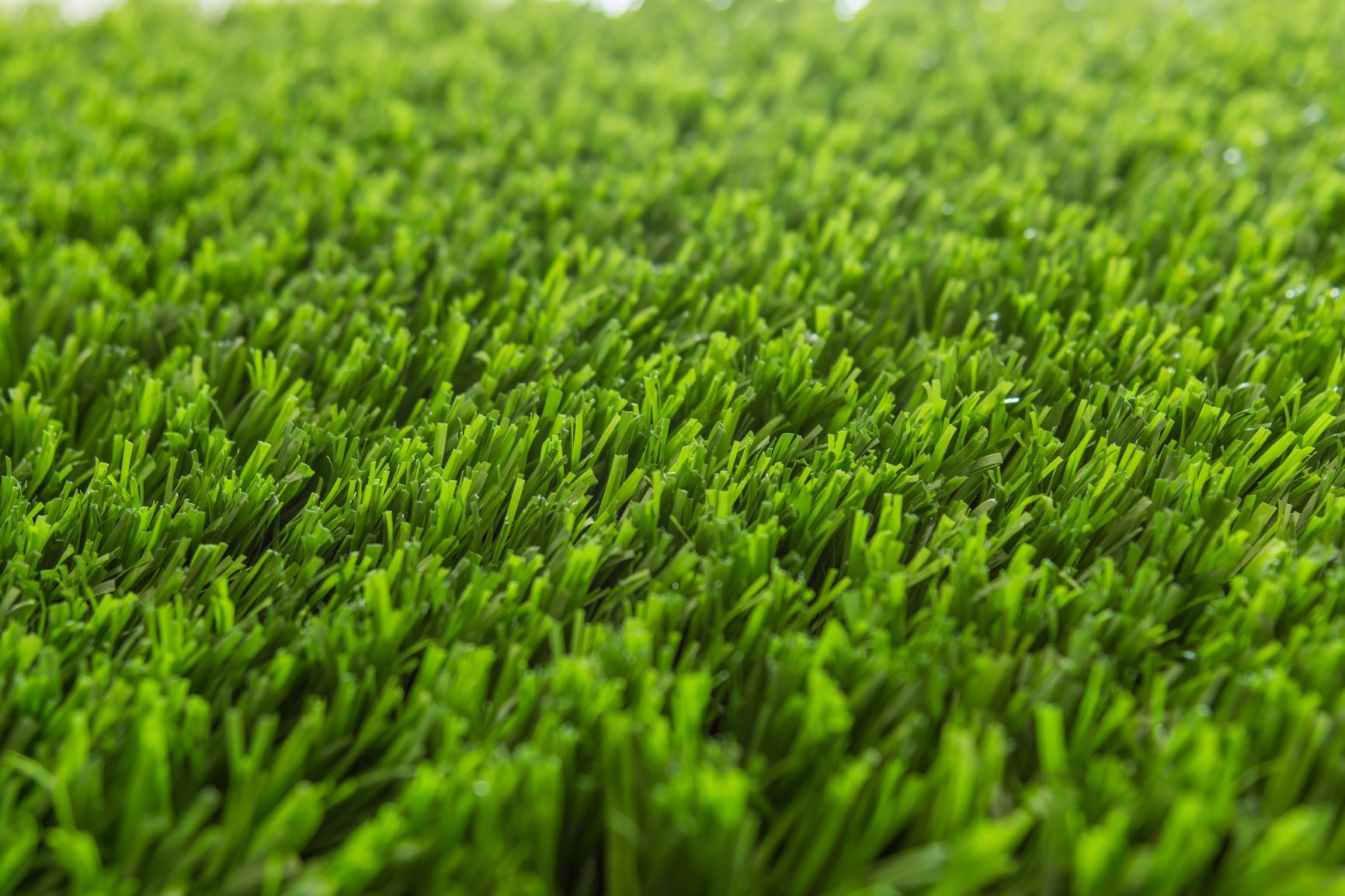Choose the Best Artificial Turf Companies Phoenix for Your House or Commercial Space
Look Into the Environmental Benefits of Opting for Synthetic Grass Solutions
The adoption of synthetic grass options provides an engaging possibility to attend to pressing environmental challenges. By substantially minimizing water use and lessening the application of harmful chemicals, these options not only advertise sustainable landscape design however also shield neighborhood environments. The reduced carbon footprint linked with decreased maintenance tasks contributes to a more sustainable method to land management. The effects of these advantages extend past mere conservation efforts, elevating questions about their long-term influence on habitat preservation and general environmental equilibrium. Checking out these measurements reveals a complex interplay worth taking into consideration.
Water Preservation Conveniences
One of the most substantial advantages of artificial grass is its ability to save water. In contrast, artificial grass does not require watering, dramatically lowering the total demand for water resources.
By eliminating the need for routine watering, artificial grass adds to sustainable landscape techniques and assists reduce the environmental effect of too much water intake. Additionally, the preservation of water reaches the decrease of overflow, which can cause dirt erosion and waterway air pollution.
Furthermore, the setup of artificial turf allows municipalities and home owners to assign water sources extra successfully, concentrating on vital usages such as drinking water and agriculture. The change towards synthetic grass not only promotes liable water usage however additionally lines up with wider ecological objectives focused on maintaining natural deposits.
As neighborhoods significantly focus on sustainability, the water preservation benefits of artificial grass provide a compelling instance for its adoption in property and business landscape design projects.
Lowered Chemical Use
The shift to synthetic grass significantly lowers the dependence on chemical treatments commonly made use of in natural lawn upkeep. Standard turf management normally entails the application of herbicides, pesticides, and fertilizers to promote development and control bugs. These chemicals can pose threats to human wellness, regional wild animals, and the atmosphere, contributing to dirt and water contamination.
On the other hand, fabricated turf gets rid of the need for these harmful compounds. When installed, it calls for minimal maintenance, largely consisting of normal cleaning and seldom infill replenishment. This reduction in chemical use not only profits the immediate environment yet also adds to more comprehensive environmental security. By reducing the release of synthetic substances right into the ecosystem, artificial grass advertises much healthier dirt and water supply.
Moreover, the absence of chemical overflow connected with synthetic grass installments helps safeguard regional rivers from air pollution, sustaining water life and preserving biodiversity. Turf installation phoenix az. As neighborhoods progressively focus on lasting techniques, choosing synthetic grass presents a practical option that lines up with ecological conservation objectives. Through this change, home owners can appreciate rich environment-friendly rooms without endangering eco-friendly health, leading the way for a more lasting future
Lower Carbon Footprint

Additionally, the installation of synthetic grass can cause significant water conservation. All-natural yards need significant amounts of water for irrigation, which not just adds to the carbon impact related to water removal and therapy yet additionally stress local water sources. On the other hand, artificial turf requires marginal upkeep, calling for no watering, thus considerably reducing water usage and its associated energy prices.
Additionally, the durability of synthetic grass adds to its lower carbon impact. With a life expectancy of as much as 15 years or even more, the demand for regular substitutes is decreased, causing much less waste and lower energy intake in manufacturing and taking care of typical yard choices. In general, man-made lawn offers a sustainable choice for ecologically conscious landscaping.
Habitat Preservation
Environment preservation is a crucial factor to consider in the argument over landscape design options, specifically when comparing synthetic lawn to natural grass. Natural lawn lawns frequently require substantial maintenance, including using herbicides, plant foods, and chemicals, which can detrimentally impact local ecosystems. These chemicals can seep right into the dirt and rivers, harming native vegetation and animals and interrupting neighborhood habitats.
Man-made turf removes the requirement for unsafe chemicals, thereby protecting close-by wild animals and keeping the stability of surrounding ecological communities. The setup of fabricated why not try here turf can lead to the conversion of previous turf locations right into even more biodiverse landscapes, such as pollinator gardens or indigenous plant areas, visit this web-site which can support regional wild animals.
Inevitably, the shift to synthetic grass not just saves water and decreases maintenance efforts however additionally promotes a more harmonious partnership in between human activities and the native environment, promoting habitat conservation while doing so.
Long-Term Sustainability
Lasting sustainability is a critical consider reviewing the advantages of synthetic grass over traditional grass yards. One of the most significant advantages of synthetic grass is its longevity; it can last up to 15-20 years with marginal upkeep, whereas all-natural grass calls for frequent reseeding and replacement. This durability reduces the demand for constant resources, such as water, fertilizers, and chemicals, which are necessary for maintaining a healthy and balanced grass yard.
Furthermore, synthetic grass adds to a reduction in carbon discharges connected with lawn treatment devices. Typical yards frequently call for gas-powered mowers, leaners, and blowers, all of which contribute to air pollution. Artificial turf companies phoenix. In contrast, artificial lawn removes the requirement for such devices, advertising a cleaner atmosphere
Additionally, the manufacturing of synthetic grass increasingly utilizes recycled products, boosting its sustainability account. As makers take on green techniques, the environmental impact of synthetic grass proceeds to decrease.

Final Thought
The adoption of synthetic grass solutions presents substantial environmental advantages, including significant water conservation, minimized reliance on damaging chemicals, and a reduced carbon impact. Man-made grass help in maintaining all-natural environments by lessening land disruption and promoting lasting sustainability with the use of long lasting products. Jointly, these variables underscore the potential of synthetic grass to contribute favorably to ecological health and supply a practical option to traditional landscape design methods in a significantly resource-conscious globe.
In comparison, man-made turf does not require watering, significantly reducing the overall need for water resources. By decreasing the release of artificial substances right into the community, artificial turf promotes healthier dirt and water systems.
Moreover, the installment of fabricated turf can result in considerable water preservation. In comparison, synthetic grass needs very little upkeep, calling for no watering, therefore significantly reducing water usage and its linked power costs.
